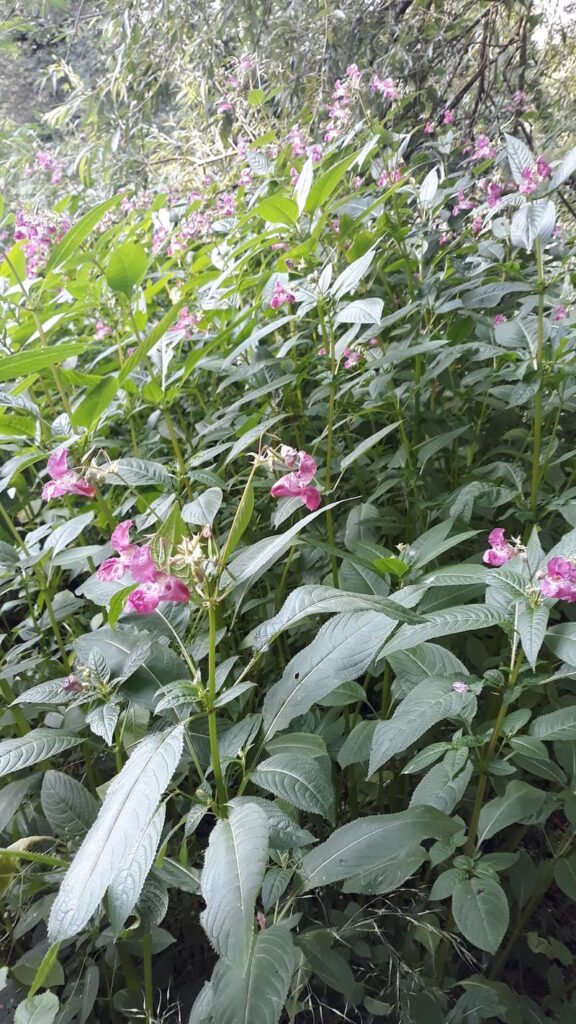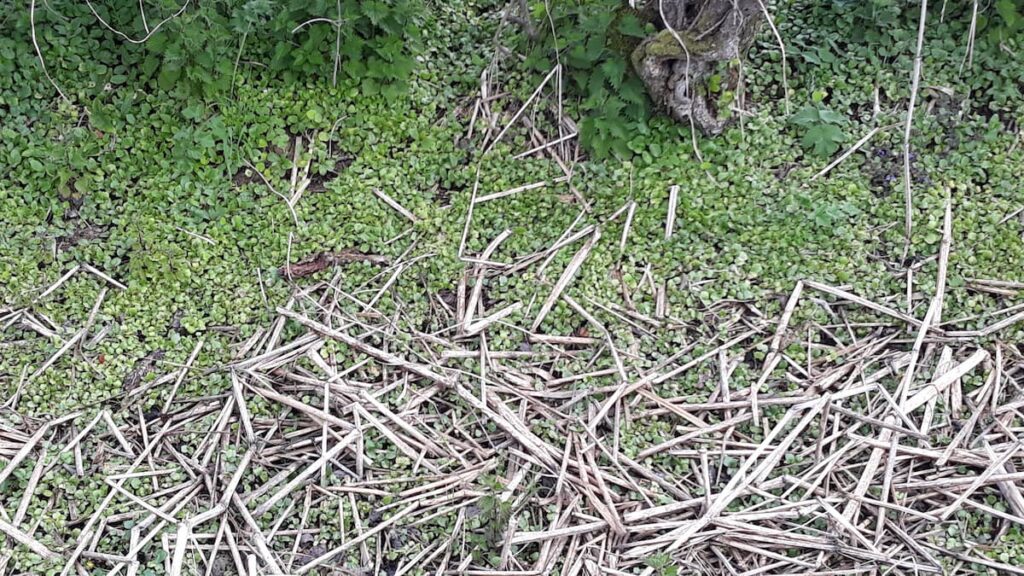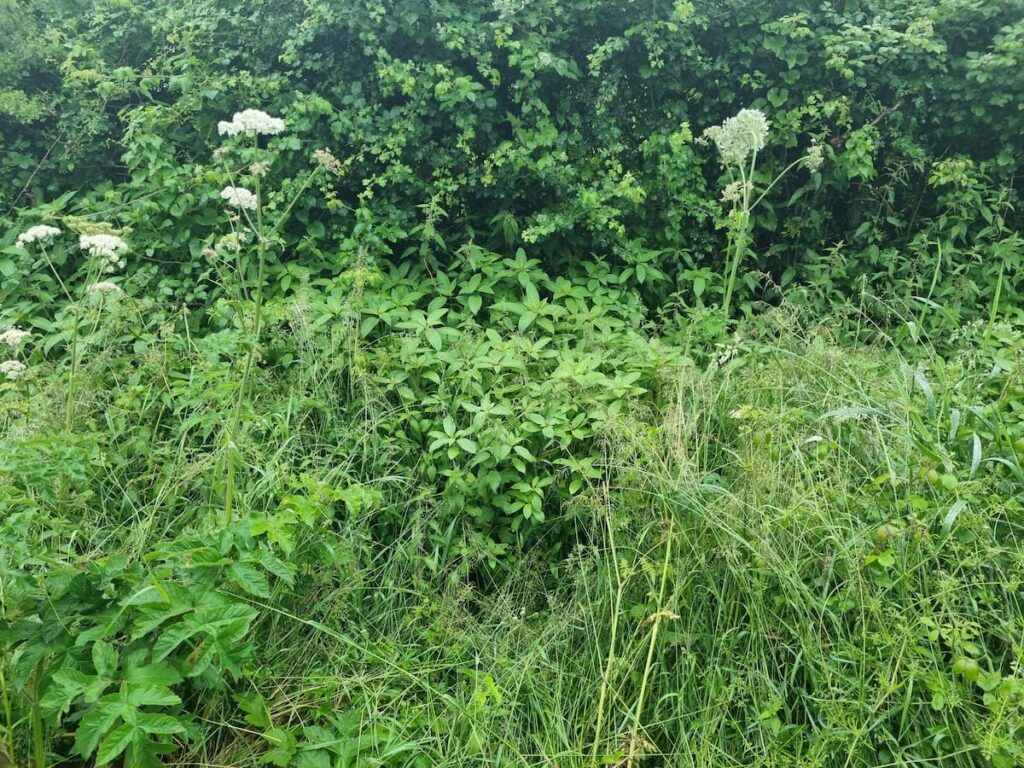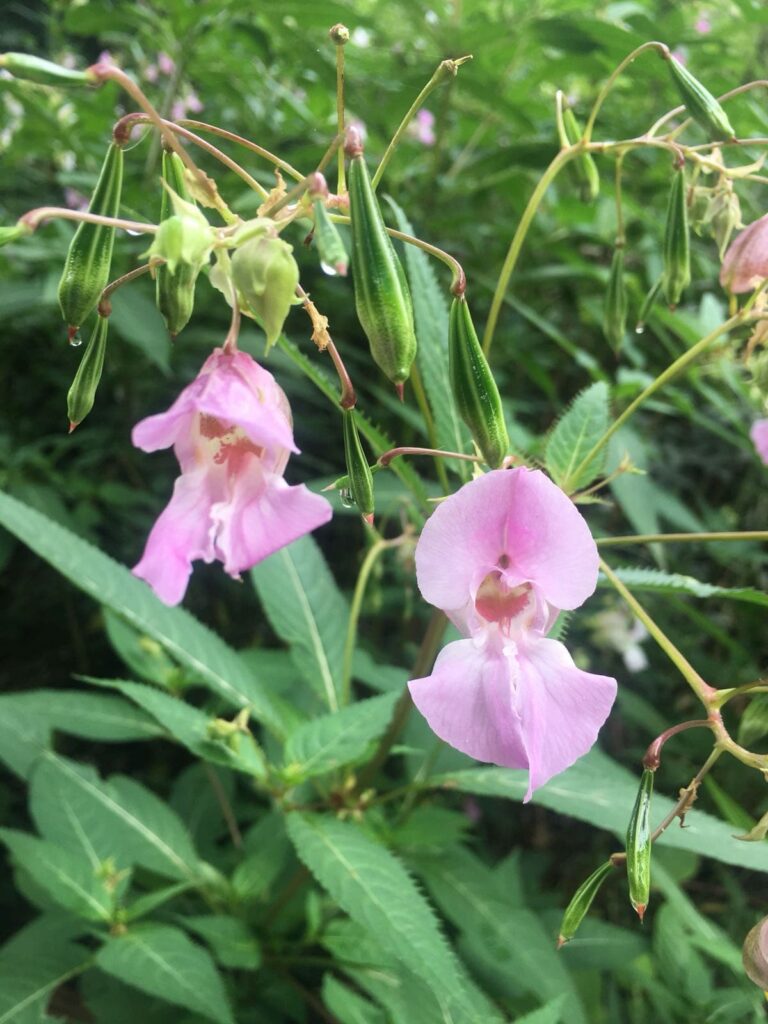Discover the Intricacies of Himalayan Balsam Management and Control
In the serene landscapes of the United Kingdom, a stealthy invader has been silently wreaking havoc, disrupting the delicate balance of native ecosystems. The Himalayan Balsam (Impatiens glandulifera), once a charming ornamental addition to European gardens, has transformed into an ecological antagonist, asserting its dominance over waste grounds, riverbanks, and damp woodlands. Its ascent as one of the tallest annual plants has set the stage for a fierce competition for vital resources—space, nutrients, light, and even the very pollinators that sustain life.
As its conquests mount, this botanical adversary threatens to rewrite the narrative of biodiversity, spelling a troubling tale for gardeners, farmers, landowners, and environmental stewards. In the midst of this unfolding drama, the need for comprehensive understanding and effective management of the Himalayan Balsam has never been more urgent.
Unveiling the Himalayan Balsam (Impatiens glandulifera)
The Himalayan Balsam, scientifically known as Impatiens glandulifera, is a perennial herbaceous plant originating from the western Himalayas, specifically India, Nepal, and Pakistan. This distinctive flora, often referred to as the “policeman’s helmet” due to its unique pink hooded flowers, was initially introduced to Europe in 1839 for ornamental gardening. Over time, however, it has proven to be an invasive species, notably in the United Kingdom, Canada, and parts of the United States.



Exploring the Traits of Himalayan Balsam
Rising up to an impressive 3 metres in height, the invasive Himalayan Balsam boasts elongated green leaves with an oval shape, along with green seed pods. Throughout June to September, the plant graces its surroundings with an abundance of pink hooded flowers. Following these blooms, the plant produces slender seed pods that explosively release countless seeds, scattering them up to 7 metres away. This intriguing mechanism has led to its other moniker, the “touch-me-not.”
Preferred Habitat of Himalayan Balsam
Thriving in damp and shaded areas, the Himalayan Balsam finds its niche along riverbanks, ditches, and in moist woodlands. Its propensity to flourish in disturbed environments, often human-made, is due to its rapid growth, prolific seed production, and adaptability to diverse environmental conditions.

Distinguishing from Jewelweed (Impatiens capensis)
Confusion sometimes arises between Himalayan Balsam (Impatiens glandulifera) and Jewelweed (Impatiens capensis), both belonging to the Impatiens genus. Their similar appearances are underscored by annual herbaceous nature, resembling leaf shapes, and stem formations. The leaves, large and glossy, are alternately positioned along the stem.
These plants share showy, sizable flowers in shades of pink, purple, or white, characterised by a distinctive “spur” at the flower’s rear. While the flowers of the two species are alike in structure, Jewelweed’s blooms are typically slightly smaller. However, the key differentiation lies in their sizes and habitats. Himalayan Balsam towers at up to 3 metres, whereas Jewelweed reaches a more modest height of ½ to 1½ metres. Native to North America, Jewelweed thrives in moist wooded regions, setting it apart from its invasive counterpart.
Understanding the Hazard Posed by Himalayan Balsam
Farmers and gardeners face several threats from Himalayan Balsam under the Wildlife and Countryside Act:
Expeditious Expansion: The plant’s rapid proliferation hampers control efforts once it gains a foothold, risking the takeover of extensive farmland and gardens.
Ecological Competition: Outcompeting native plants jeopardises crop yields and complicates gardening efforts, standing as one of the most imposing annual plants.
Luring Pests: Attracting pests and diseases further jeopardises crops and vegetation.
Soil Erosion: The shallow root system promotes soil erosion, particularly on sloping terrains and riverbanks.
Financial Costs: Countering this invader can strain farmers and gardeners’ resources, demanding expenditures on chemical pesticides or manual removal.
Skin Irritation: The plant’s contact can lead to skin irritation and allergic reactions.
Overall, Himalayan Balsam can prove a persistent nuisance to landowners, gardeners, and property managers, potentially causing significant ecological and economic damage if unchecked.
Effective Strategies for Himalayan Balsam Control
A range of methods can be employed for effective Himalayan Balsam control:
Manual Eradication: Pulling or cutting the plants before seed production prevents further spread, though time-intensive.
Chemical Measures (Herbicides): Herbicides can eliminate the plants by either foliage spraying or soil application. Caution is advised to minimise collateral damage and ensure proper application.
Biological Intervention: Introducing natural predators, such as insects or fungi, that target Himalayan Balsam can prove an ecologically sound strategy. The leaf beetle, Chrysolina fastuosa, exemplifies such an approach, curtailing plant growth and seed output.
In Conclusion
Himalayan Balsam, an invasive scourge, poses a formidable challenge for landowners and farmers alike. Combatting this intruder necessitates comprehensive understanding and proactive measures. While eradication may prove daunting, employing a combination of methods can curtail its proliferation and safeguard properties.
It’s essential to adhere to local laws and regulations when selecting control methods, recognising the species’ designation as a concern under retained EU law. Any endeavours to curtail its spread should be in harmony with environmental and legal considerations.
Resources
RHS Gardening https://www.rhs.org.uk/weeds/himalayan-balsam
The Wildlife Trust https://www.wildlifetrusts.org/wildlife-explorer/wildflowers/himalayan-balsam
Scottish Invasive Species Initiative https://www.invasivespecies.scot/himalayan-balsam









